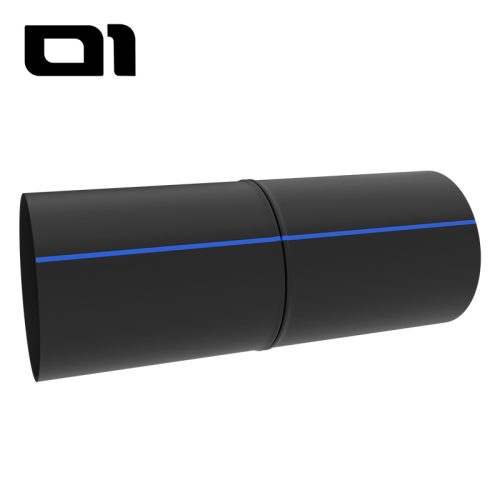Achieving a leak-proof connection in HDPE (High-Density Polyethylene) docking is crucial for maintaining piping system integrity. Whether managing a large infrastructure project or a small-scale installation, ensuring no water leakage is a priority. This guide outlines the steps and considerations necessary to achieve a seamless and water-tight HDPE docking using the right welding techniques and equipment.
Why HDPE for Piping Systems
HDPE is a durable and versatile plastic widely used in piping due to its corrosion resistance, flexibility, and impact strength. It is common in water supply networks, sewage systems, and gas distribution. These properties make it ideal for applications where reliability and longevity are critical.
Importance of Proper Welding
Correct welding is essential to prevent water leakage. The process joins two HDPE surfaces with heat and pressure, creating a solid, seamless joint. The most effective methods are butt fusion and electrofusion, each with its specific applications.
Butt Fusion Welding
A widely used method for joining HDPE pipes due to its simplicity and effectiveness.
- Preparation: Ensure pipes are clean and free from contaminants. Cut ends straight and perpendicular to the axis.
- Alignment: Position pipes evenly in the butt fusion machine.
- Heating: Heat pipe ends to 220–260 °C.
- Fusion: Bring ends together with correct pressure until cooled and solidified.
- Inspection: A proper weld has a uniform bead around the circumference.
Electrofusion Welding
Reliable for areas with limited access or complex layouts, using fittings with built-in heating elements.
- Pipe Preparation: Clean and scrape surfaces to remove oxidation.
- Fitting Installation: Insert pipe ends into the electrofusion fitting.
- Welding: Connect to an electrofusion machine to energize built-in coils, heating and fusing the joint.
- Cooling & Inspection: Let the joint cool naturally, then check for uniformity and strength.
Selecting the Right Welding Machine
- Pipe Diameter Compatibility: Ensure it fits the pipe sizes in use.
- Temperature Control: Precise, stable heat is essential.
- Ease of Use: Reduces operator errors.
Common Issues to Avoid
- Misalignment → weak joints.
- Contamination → poor weld quality.
- Temperature Variations → incomplete welds.
Best Practices for Leak-Free Docking
- Provide regular operator training.
- Perform quality checks on welding equipment and joints.
- Conduct pressure tests after installation and periodically.
Maintenance and Inspection
Routine maintenance ensures continued performance and prevents leaks.
- Visual Inspection: Look for signs of leakage or wear.
- Pressure Testing: Verify system integrity over time.
Conclusion
By applying correct welding techniques, selecting reliable machines, and maintaining regular inspections, you can achieve durable, leak-free HDPE docking. Both butt fusion and electrofusion deliver strong, long-lasting joints when executed with precision.









